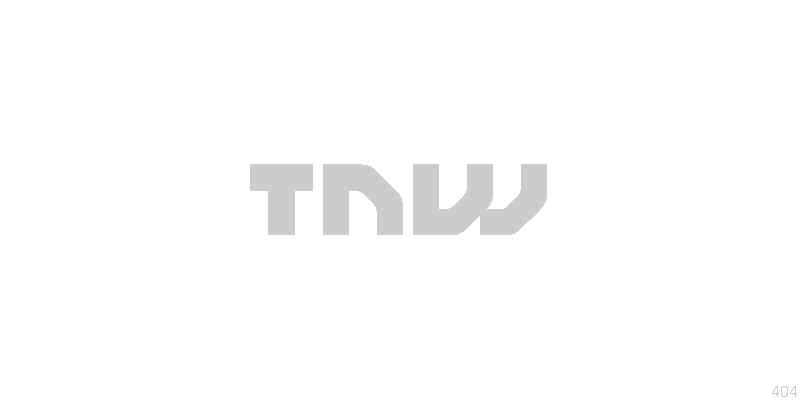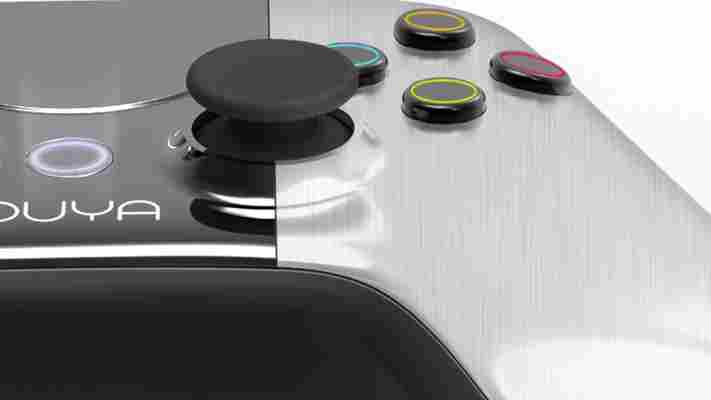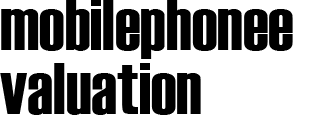Today Microsoft took the wraps off of a new keyboard that it has designed for Windows 8. Dubbed the ‘Sculpt Comfort’ keyboard, it adds itself to a growing mix of hardware that Microsoft is prepping to support its new operating system.

Microsoft has made peripheral hardware for ages; its current foray into OEM status for tablets is a further push than before, but hardly its first lark into the physical world.
TNW was not able to test the Sculpt Comfort – and you can pry our mechanical keyboards out of our cold, dead hands – but the device looks well-built. What matters about it is its built-in Windows 8 functionality, and its suggested price of a mere $59.95.
From its own release, here’s the new typing machine’s ties with Windows 8 itself: “[it] includes several keys that give customers quick access to the most commonly used Windows 8 features, including Search, Share, Device and Settings hot keys and an updated Windows key.” The Windows key part is not a surprise, as Microsoft has whacked the Start Button from Windows itself.
Let’s all place bets that it brings up the Metro-ified Start Screen instead. Kidding, of course it does.
Why are we bringing you this product announcement? We wouldn’t if it didn’t help us better understand how Windows 8 will function in a non-touch environment. Here’s our thought: put your mouse away. With the ability to dance through app laterally using you arrow keys, pull up the Start Screen with the single hit of a the Windows key, and now the capability to bring up all Charms without touching the wall of a screen with your cursor, most of Windows 8 can be a keyboard-only proposition.
This is good as in non-touch laptop settings, a likely huge chunk of the future Windows 8 install base, flipping from the keyboard to the touchpad, and back to the keyboard just to pull up and use the Search Charm would have been a slow affair. Key mapping is something that we nerds do, but the masses can barely find their power buttons, so by baking this sort of capability into the keyboard itself, Microsoft is providing a potential leg up for the common user.
Top Image Credit: Paul Downey
Barnes & Noble’s NOOK Simple Touch Glowlight goes on sale in the UK, tablets now available to preorder
Announcing its intention to cross the Atlantic back in August , bookseller Barnes & Noble has today kicked-off its campaign to leverage ereader and ebook sales away from rivals Amazon and Apple with the launch of its NOOK Simple Touch readers and NOOK Bookstore in the UK .

Pricing its base Simple Touch reader at £79 and the Simple Touch Glowlight at £109, Barnes & Noble matches Amazon’s Paperwhite on price in the UK, but comes in ten pounds more than the rival base Kindle product (which doesn’t feature touch).
The readers would be nothing without a marketplace from which to purchase books, so with that in mind, Barnes & Noble has opened up its NOOK Store to consumers in the UK, providing access to more than 2.5 million titles (which includes Books, newspapers, magazines comics and also NOOK apps).
The company had previously announced retail partnerships with John Lewis, Argos, Sainsbury’s, Dixons and Waitrose, Blackwell’s and Foyles, but today adds Walmart-owned Asda to its expanding list of supermarket partners.
Barnes & Noble has also launched its range of tablets — the Nook HD and Nook HD+ — but they remain available for preorder, with prices set at £159 and £229 respectively. However, the bookseller does note that deliveries are set for November 22.
Today’s launch comes a number of weeks after Amazon opened orders for its new Kindle range and Apple launched its new, smaller tablet — the iPad mini .
With an impressive selection of books, newspapers, magazines and apps available, Barnes & Noble will hope that its retail partners can help drive sales in places where Amazon couldn’t, undercutting Apple on price with its selection of ereaders and tablets.
It is estimated that Amazon controls around 90 percent of ebook sales in the UK, so Barnes & Noble has a big job on its hands if it believes it can impact a market dominated by its rival.
Image Credit: Scott Olson/Getty
Why Ouya’s $99 gaming console faces challenges in its attempt to challenge the status quo
With the launch of a Kickstarter campaign for its $99 console today , Ouya enters the market at a strange time for video games. The current console cycle is one of the longest ever seen – and yet consumers don’t seem to be crying out for new hardware. The growth in smartphone and tablet gaming, as well as the trend towards expansive online experiences, has extended the cycle in the last few years. But as Nintendo gears up for the release of its new console later this year, the purpose and potential audience for Ouya should be questioned.

The console itself is built on the Android 4.0 operating system, albeit with a custom user interface and storefront. However, this doesn’t necessarily mean the hardware is confined to smartphone performances, both in terms of power and controls. It’s got a quad-core processor and 1GB RAM, coupled with 8GB of on-board flash. Throw in full HD visuals and at first glance, Ouya has got more than enough grunt under the hood. But will it be able to compete with the next generation of hardware coming from Sony and Microsoft if not next year, in 2014? Who knows.
Ouya says the console will be able to play a variety of content “from AAA to indie”, including content aimed at both mainstream and hardcore gamers. However simply offering the same games as its competitors won’t be enough. Players have affectionate and well-established ties to either the PlayStation 3, Nintendo Wii or Xbox 360 (just look at some of the ‘flame wars’ online and you’ll know what I mean). Offer them an identical Call of Duty, and they’ll be unlikely to budge from the comforts of a familiar system and existing friend list. It’s a problem the Wii U is already facing difficult questions over.
However, offering the same experiences which can be found on a smartphone or tablet won’t work either. The beauty of both these platforms is that consumers already own them – effectively eliminating any sort of entry fee. So if your partner is already playing Tiny Wings or Angry Birds on their iPad, they’re unlikely to fork out on another console just to play the same game. Ouya will need to address this by offering as many exclusive titles as it can.
Ouya is trying to tackle this problem through an open market ethos. The app store on iOS has been a revolution for the games industry, in part because it encourages independent developers to bypass publishers and set their own prices. Ouya hopes that by cutting out the ‘middle man’, it too will attract a plethora of new and original games. It’ll be vital if it has any chance of defining itself as a unique and ‘must-have‘ platform.
The company also plans to release the console at a very competitive price point. At under $100, it beats the pricing of current hardware by a country mile. Nintendo should be particularly concerned, given that it has long justified its underpowered consoles with a ‘family value‘ price tag. However, the issue for Ouya is that it has a price tag in the first place. It’s likely to be competing against mobile phones, tablet devices and PCs, which consumers have already purchased. Encouraging them to pay for a new system at all is incredibly difficult – something the Nintendo 3DS and PlayStation Vita has found out the hard way.
Ouya hopes to avoid the issue of cost by making sure all of its games are free to play, albeit with paid versions later on. It’s the route which mobile games have pioneered and which home consoles have begun to follow through its promotion of demos and trial modes. However the big publishers – such as Ubisoft and EA – are unlikely to want to offer any of their blockbuster games for free. Ouya will have a tough time persuading the industry heavyweights to adopt a more open and ‘freemium‘ approach.
Branding is also a key issue. Families love Nintendo and Sony hardware because they’re recognisable and familiar. Newcomers such as OnLive, meanwhile, have struggled to make the same impact. This can be attributed in part because of the over-reliance on an internet connection, but also because it has a very uninspiring identity. Ouya seems to be aiming for a very sleek and sophisticated device, which will hopefully differentiate itself from the competition. Identifying a specific audience and marketing to them with a consistent image will be key.
The video games marketplace is crowded at the moment, but as the industry continues to expand there will always be room for new competitors. The Ouya hardware is an interesting mix of a modern, open store ethos and classic controller design. It’s slated as the perfect platform for developers, but the hunger for such a platform will no doubt be indicated by gamers through the Kickstarter launching today.
Liked this? Read our interview with Ouya’s founder Julie Uhrman .
